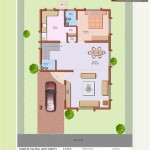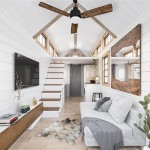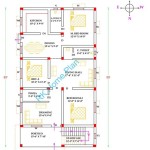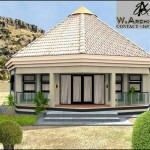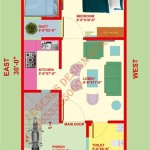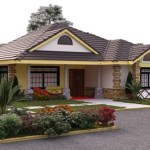House Plans 2017 Sri Lanka: A Retrospective Look at Architectural Trends
Examining house plans from 2017 offers valuable insights into the architectural trends prevalent in Sri Lanka during that period. This retrospective analysis considers various factors influencing design choices, including cultural preferences, climatic conditions, and available construction materials. Understanding these past trends can inform current and future architectural endeavors, allowing for the adaptation and evolution of design principles to meet contemporary needs.
Emphasis on Tropical Modernism
A notable trend in 2017 was the growing popularity of Tropical Modernism. This architectural style emphasizes open-plan layouts, natural ventilation, and the integration of indoor and outdoor spaces. Large windows, verandas, and courtyards were common features, blurring the lines between the built environment and the surrounding natural landscape. This approach was particularly well-suited to Sri Lanka's tropical climate, promoting comfortable living conditions while minimizing reliance on artificial cooling systems.
Sustainable Design Practices
Increasing awareness of environmental concerns led to a greater focus on sustainable design practices in 2017. House plans increasingly incorporated elements like rainwater harvesting systems, solar panels, and energy-efficient lighting. The use of locally sourced and recycled materials was also encouraged to reduce the environmental impact of construction. These sustainable features not only minimized the ecological footprint of homes but also offered long-term cost savings for homeowners.
Influence of Traditional Sri Lankan Architecture
While modern architectural styles gained traction, traditional Sri Lankan architectural elements continued to influence house designs in 2017. Features like sloping roofs, internal courtyards, and the use of natural materials like timber and clay tiles were often incorporated into contemporary plans. This blending of traditional and modern elements created a unique architectural aesthetic that resonated with Sri Lankan cultural sensibilities.
Rise of Multi-Generational Living
Changing family structures and an increasing preference for multi-generational living influenced house plan designs in 2017. Plans often included self-contained units or annexes to accommodate extended family members while maintaining individual privacy. This approach reflected a cultural shift towards prioritizing family cohesion and providing support for elderly family members within the home environment.
Maximizing Space Utilization in Urban Areas
With increasing urbanization and land scarcity, maximizing space utilization became a crucial consideration in urban house plans. Vertical expansion, split-level designs, and efficient use of limited floor areas were common strategies employed by architects. These designs aimed to provide comfortable living spaces while optimizing land use and minimizing the urban footprint of residential structures.
Focus on Natural Light and Ventilation
Harnessing natural light and ventilation was a key design principle in 2017. Strategically placed windows, skylights, and open-plan layouts were used to maximize natural airflow and reduce the need for artificial lighting and cooling. This not only contributed to energy efficiency but also created brighter and more airy living spaces, enhancing the overall comfort and well-being of occupants.
Integration of Smart Home Technology
The integration of smart home technology began to emerge in 2017, although its adoption was still in its early stages. Some house plans included provisions for automated lighting systems, security features, and energy management systems. This trend reflected a growing interest in utilizing technology to enhance convenience, security, and energy efficiency within the home environment.
By analyzing house plans from 2017, we gain valuable insights into the architectural preferences and priorities of that era. These past trends serve as a valuable reference point for contemporary architects and homeowners, informing design decisions and facilitating the evolution of Sri Lankan architecture to meet the needs of a changing world. Furthermore, understanding the historical context of design choices allows for a more nuanced appreciation of the built environment and its reflection of cultural and societal values.

House Plan Sri Lanka Wedabima Com

Low Cost House Plans In Sri Lanka Wedabima

Two Story House Plan And 3d Design Habarakada Viharaa Home

Kedella Homes Design Build Your Dream Home With Us

Kedella Homes Design Build Your Dream Home With Us

Two Story House Plan And 3d Design Habarakada Viharaa Home

Kedella Homes Design Build Your Dream Home With Us

Kedella Homes Design Build Your Dream Home With Us

House Plan In Sri Lanka Wedabima Com

281 Proposed New Additional And Altrunation Of One Bedroom House At Besgamuwa Sri Lanka


